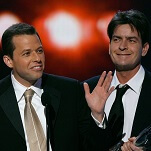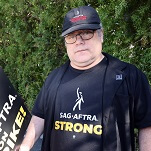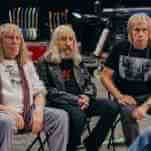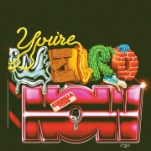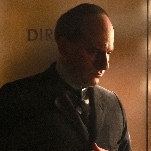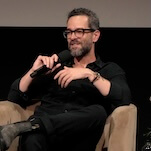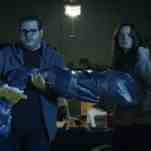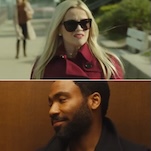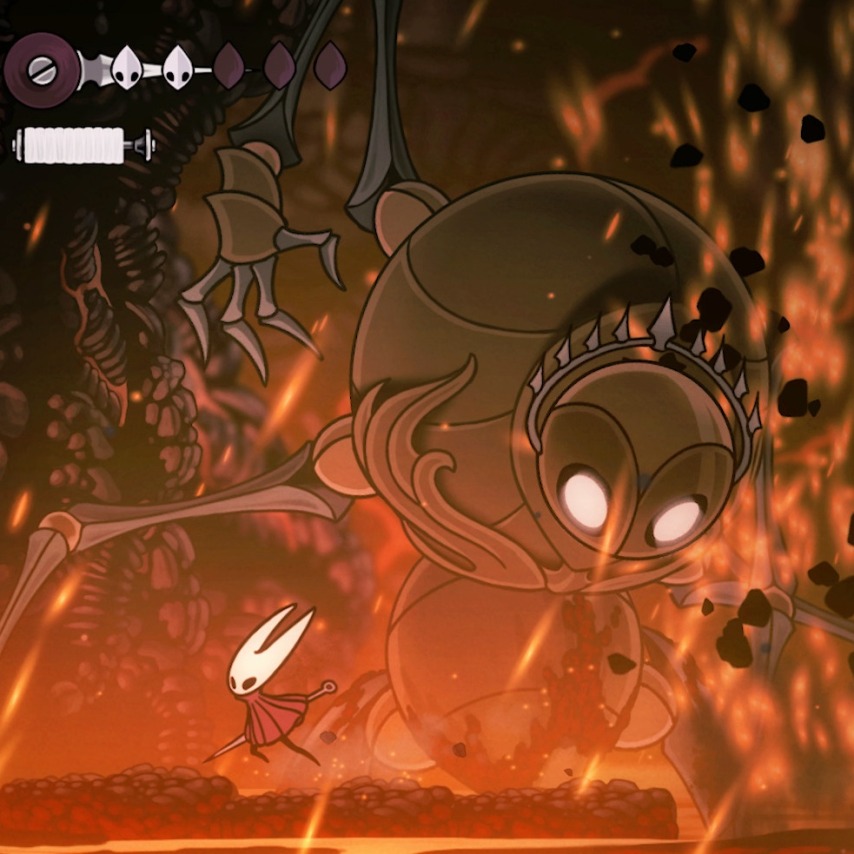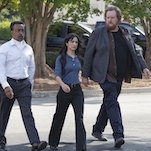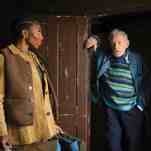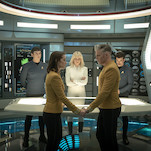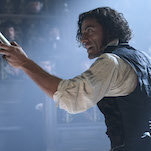Humphrey Bogart

Pop culture can be as forbidding as it is inviting, particularly in areas that invite geeky obsession: The more devotion a genre or series or subculture inspires, the easier it is for the uninitiated to feel like they’re on the outside looking in. But geeks aren’t born; they’re made. And sometimes it only takes the right starting point to bring newbies into various intimidatingly vast obsessions. Gateways To Geekery is our regular attempt to help those who want to be enthralled, but aren’t sure where to start. Want advice? Suggest future Gateways To Geekery topics by e-mailing [email protected].
Geek obsession: Humphrey Bogart
Why it’s daunting: Bogart made his first movie in 1928 and worked steadily up until his death in 1957, but didn’t become a star until well into his career, which means his filmography is littered with no-big-deal character roles and false-start attempts to turn him into a leading man. Once Bogart finally found his “type”—gruff and worldly, true to his actual background as a silver-spoon baby who hated the pretensions of his class—he inhabited it so fully that it’s hard to imagine anyone but Bogart playing the parts he played. But even that type can take some adjustment for modern moviegoers, given the peculiar way Bogart combined mannered movie star charm with sweaty intensity, bridging the gap between William Powell and Marlon Brando.
Possible gateway: Director Nicholas Ray’s 1950 film noir In A Lonely Place.
Why: Bogart had fruitful relationships with multiple directors who knew how to use him well: Raoul Walsh captured Bogart’s rough-hewn side in movies like They Drive By Night and High Sierra; Michael Curtiz played up his romantic side in Casablana; Howard Hawks emphasized his rakishness in To Have And Have Not and The Big Sleep; and John Huston made Bogart out to be a clever fellow with a seamy underbelly in The Maltese Falcon and The Treasure Of The Sierra Madre. But Bogart fit especially well with Ray, a director drawn to material that removed the buffers between genre-driven plots and their chilly psychological origins.
In the brittle In A Lonely Place, Ray and screenwriters Edmund H. North and Andrew Solt (adapting a Dorothy B. Hughes novel) cut to the marrow, exposing the existential dread and gaudy displays of power that have always been in the bones of these kinds of stories. In A Lonely Place is a witty and often excruciatingly bleak portrait of a likable loser who gradually reveals the full extent of his occasional dark moods. Bogart plays a struggling, smart-alecky screenwriter who takes on a hack adaptation job and becomes a murder suspect when the woman he hires to help him turns up dead. Bogart investigates the crime himself, in part to get the police off his back, in part to impress pretty neighbor Gloria Grahame, and in part because he knows his own temper and tendency to drink, and he’s not entirely convinced that he didn’t commit the crime. Bogart remains a sympathetic character right up to the moment when he loses it and becomes a physically repulsive brute. It’s a fully fleshed-out role for Bogart, and one common to the work of Ray, who often risked unnerving his audience by giving them characters to identify with before illustrating how deeply screwed-up they—and we—are.
Next steps: Where else should you land next but Casablanca, a prime candidate for the Hollywood movie? Bogart is at his most iconic as hard-bitten expatriate American Rick Blaine, who lets his latent patriotism and his love for an old flame draw him into a plot against the Nazis he once swore didn’t concern him. Made in 1942 during the thick of World War II, Casablanca encapsulates a specific change in America’s view of itself in the early ’40s. The lumpen Bogart makes an apt representative of a country struggling to keep its cool while transcending the circumstances in which it found itself.
